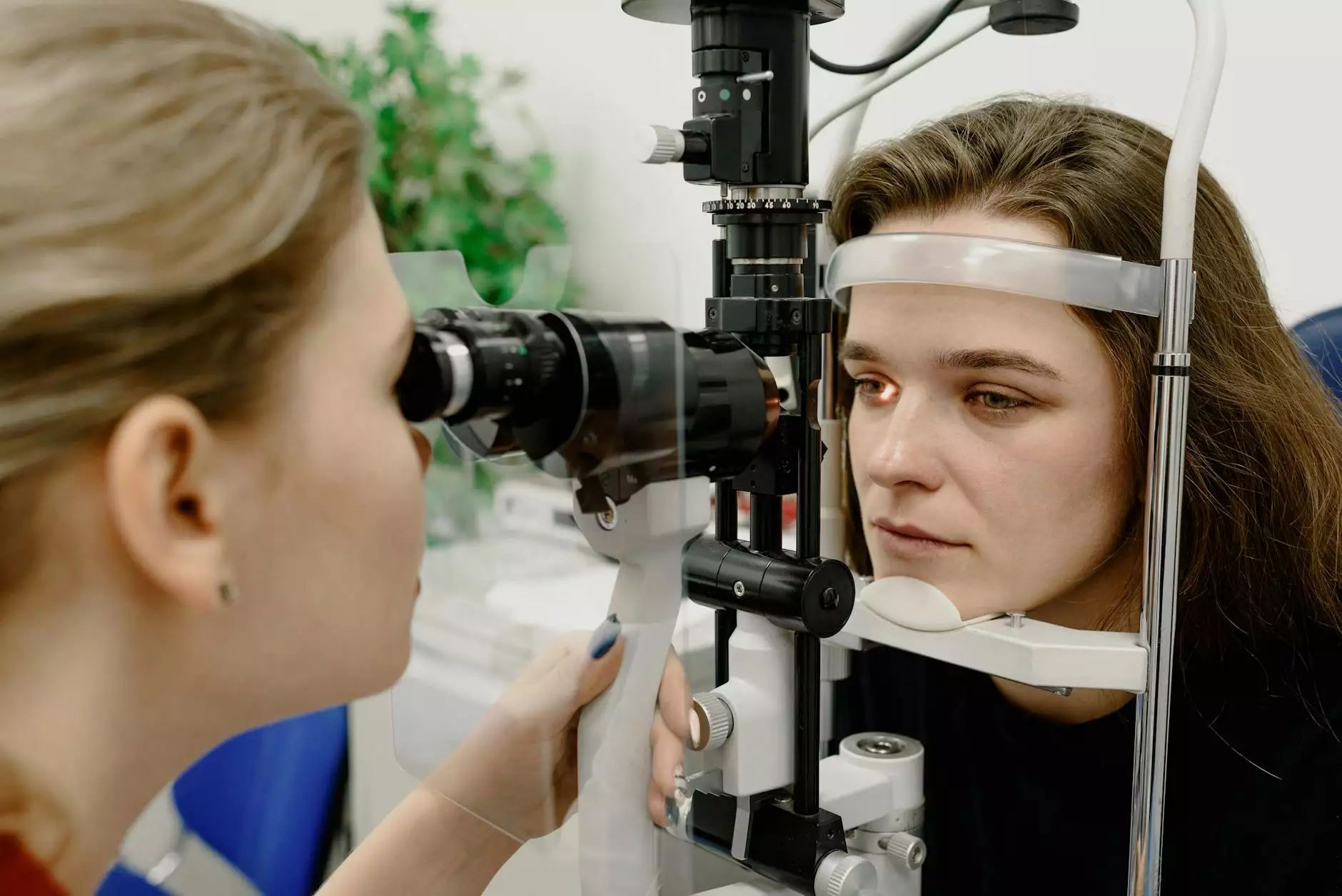Tendinitis and Tenosynovitis: Understanding, Treatment, and Prevention

Tendinitis and tenosynovitis are common musculoskeletal conditions that can lead to significant discomfort and impairment. Recognizing the differences, underlying causes, and treatment options is vital for effective management. This comprehensive guide aims to provide insights into these conditions, including how to manage symptoms and enhance recovery.
What is Tendinitis?
Tendinitis refers to the inflammation of a tendon, which is the tissue that connects muscles to bones. This condition often results from overuse, injury, or aging. Common areas affected by tendinitis include the shoulders, elbows, wrists, knees, and Achilles tendon.
Symptoms of Tendinitis
Recognizing the symptoms of tendinitis is key to prompt treatment. Common symptoms include:
- Pain: A dull or sharp pain near a joint that worsens with movement.
- Stiffness: Reduced range of motion in the affected area.
- Swelling: Visible swelling around the tendon.
- Warmth: The skin over the tendon may feel warm to the touch.
- Crepitus: A grating sensation when moving the affected joint.
What is Tenosynovitis?
Tenosynovitis is the inflammation of the synovial sheath that surrounds a tendon. This condition can occur alongside tendinitis, but it specifically affects the sheath itself rather than the tendon. Common causes include repetitive motions, injury, or infections.
Symptoms of Tenosynovitis
The symptoms can be quite similar to those of tendinitis, including:
- Pain: Sharp pain along the tendons or around the joint during movement.
- Swelling: Swelling of the affected area is often more pronounced due to inflammation of the sheath.
- Stiffness: Difficulty moving the affected joint, particularly in the morning or after prolonged inactivity.
- Warmth and Redness: The area may be warm and red, indicating an inflammatory process.
Causes of Tendinitis and Tenosynovitis
Both conditions can result from various factors, including:
- Overuse: Repetitive activities, particularly those involving the arms, wrists, and lower extremities.
- Acute injury: Heavy lifting or sudden stress on the tendon can lead to inflammation.
- Aging: Tendons naturally lose elasticity and strength over time.
- Medical conditions: Conditions such as diabetes, rheumatoid arthritis, and thyroid disorders can predispose individuals to these conditions.
- Infections: In some cases, infection can lead to tenosynovitis, particularly in the hands and feet.
Diagnosis of Tendinitis and Tenosynovitis
Diagnosing tendinitis and tenosynovitis involves a thorough examination by a healthcare professional. The process typically includes:
- Medical History: Discussing symptoms, activities, and past injuries to assess risk factors.
- Physical Examination: Evaluating the affected area for tenderness, swelling, and range of motion.
- Imaging Tests: Techniques such as X-rays or MRI may be utilized to rule out other conditions and confirm the diagnosis.
Treatment Options for Tendinitis and Tenosynovitis
Effective treatment is crucial to manage symptoms and promote healing. Treatment strategies may vary based on severity and specific circumstances but commonly include:
Rest and Activity Modification
Reducing or modifying activities that put stress on the affected tendon is essential to allow for healing.
Cold Therapy
Applying ice packs to the affected area can help reduce inflammation and numb pain.
Anti-Inflammatory Medications
Over-the-counter NSAIDs (non-steroidal anti-inflammatory drugs) such as ibuprofen can help alleviate pain and swelling.
Physical Therapy
Engaging in physical therapy can be extremely beneficial. A licensed physical therapist can develop a personalized exercise program to enhance strength, flexibility, and stability in the affected area.
Corticosteroid Injections
In some cases, corticosteroid injections may be recommended to reduce inflammation in particularly stubborn cases.
Restoration through Rehabilitation
Following initial treatment, rehabilitation exercises will be important to regain strength and range of motion.
Surgery
In rare cases where conservative treatments fail, surgical intervention may be necessary to repair damaged tendons or relieve pressure on the surrounding structures.
Prevention of Tendinitis and Tenosynovitis
Preventing these conditions is often achievable through mindful practices, including:
- Warm-up and Cool-down: Always warm up before physical activities and cool down afterwards to prepare the muscles and tendons.
- Gradual Increases in Activity: Slowly increase exercise intensity to avoid overloading muscles and tendons.
- Proper Technique: Ensure correct lifting techniques and ergonomic practices, especially in sports and occupational activities.
- Strength Training: Maintaining muscle strength and flexibility can help support the tendons.
- Regular Breaks: If your job or activities involve repetitive movements, take regular breaks to rest the joints and tendons.
Conclusion
Understanding tendinitis and tenosynovitis is essential for effective management and prevention. By recognizing the symptoms and causes, seeking timely treatment, and adopting preventive measures, individuals can enhance their health and maintain an active lifestyle. If symptoms persist, it is crucial to consult a healthcare professional for a comprehensive evaluation and personalized treatment plan.
For more information on managing musculoskeletal injuries and exploring treatment options, visit IAOM's website.



